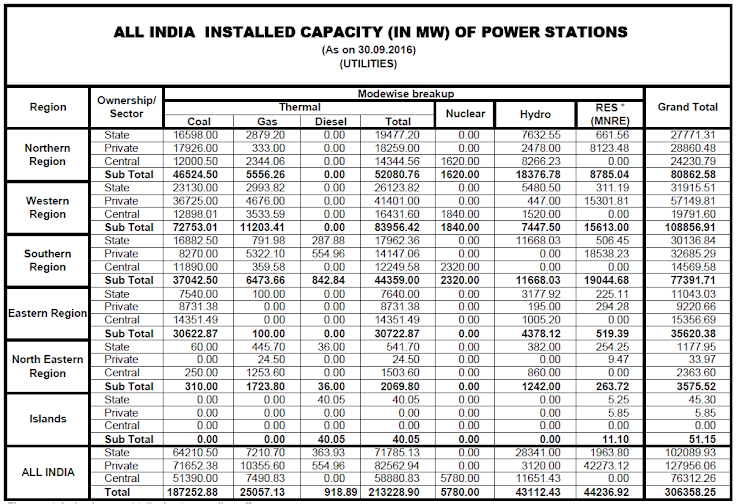It's back to profits for wind energy equipment maker Suzlon Energy, after several quarters of losses that first began in June 2009. While there are clearly tailwinds aiding the company compared with a year-ago, the profits for the quarter ended March 2011 have been propped up by foreign exchange gains as well as higher profits as a result of a decision not to align accounting policies of its foreign subsidiary REpower with itself. Even without this, however, the company has posted a turnaround. Lower realisations and as a consequence, tepid profit margins may, however, continue to bother earnings for a few more quarters.
ACCOUNTING TREATMENT
For the quarter ended March 2011, Suzlon's consolidated sales expanded by 20 per cent to Rs 7,276 crore compared with a year-ago, while net profits stood at Rs 431.5 crore, from losses earlier. However, till the December 2010 quarter, the recognition of sales for one of the company's major subsidiary REpower, was aligned with the group's accounting policy on revenue recognition. Based on the differential nature of contracts of the subsidiary compared with the parent, the company has now taken a decision not to align the policies and present the numbers as they are booked by the subsidiary. This resulted in an increase in the profit after tax by Rs 109 crore; which is one-fourth of the total net profits. While this change will be recurring in nature and not one-time, the quarter's profits were elevated given that this was not considered a year ago.
Foreign exchange gains on a consolidated basis, arising from accounting for subsidiaries too inflated profits.
Leaving these out, even as the company has made efforts to reduce costs, pressure on realisations and shortfall in delivery arising from postponements are issues that may continue to dog the performance of Suzlon. Sales per MW for the standalone unit, for instance, declined 4.3 per cent from Rs 6.38 crore per MW to Rs 6.1 crore per MW. While this may not seem stark for now, it does cause concern at a time when Suzlon is facing increasing competition locally from global players such as Gamesa. The recovery in the developed markets too has not been encouraging. In fact, sales for the standalone unit declined in the March quarter, as a result of lower volumes and realisation; even as subsidiaries such as SE Forge have seen strong topline growth.
High debt (net debt of Rs 9,760 crore) and pressure of generating cash flows to be able to repay at least a part of the debt (other than FCCBs) also remain as challenges.
STRONG ORDER BOOK
The key silver lining for FY-11 though, is the record order flows witnessed by the company, although the March quarter saw tepid inflows. Order book of over Rs 30,000 crore (4,639 MW), is up 60 per cent year-on-year in volume terms. Guidance of 2,500 MW of delivery in FY-12, if not disrupted by postponements, could ensure that the momentum of the current quarter is maintained.


